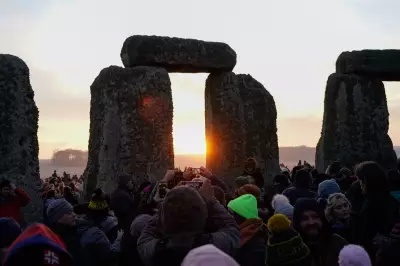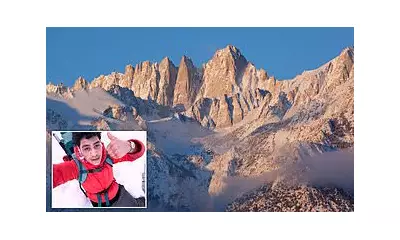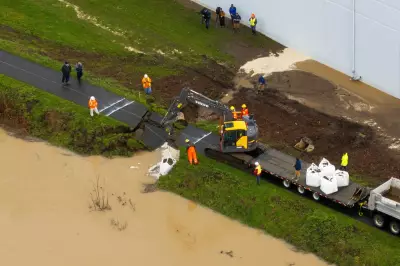
A catastrophic avalanche has struck Mount Yalung Ri in eastern Nepal, claiming the lives of four climbers in a tragedy that has shaken the international mountaineering community.
The disaster occurred on Monday morning local time on the 5,630-meter (18,471-foot) peak, which forms part of the majestic Kangchenjunga mountain range near the border with India.
Victims Identified in High-Altitude Tragedy
According to Nepalese officials, the victims included both foreign climbers and their experienced local guides. The avalanche struck during what should have been a routine ascent, demonstrating how quickly conditions can turn deadly in the world's highest mountains.
Rescue teams faced enormous challenges reaching the remote location, with the difficult terrain and continuing avalanche risk hampering recovery efforts. The Nepal Mountaineering Association confirmed they were coordinating with local authorities to manage the emergency response.
Mount Yalung Ri's Deadly History
This isn't the first tragedy to strike Mount Yalung Ri. The peak, while less famous than Everest or K2, presents significant climbing challenges that have claimed lives before. The recent disaster serves as a stark reminder of the inherent risks of high-altitude mountaineering, even on peaks considered less technically demanding than the world's highest mountains.
Weather conditions in the region have been particularly unstable in recent days, with unexpected snowfall creating the perfect conditions for avalanche formation. Local climbing operators had noted increased avalanche risk but the speed and ferocity of the slide still caught the climbing party by surprise.
Mountaineering Community in Mourning
The tragedy has sent shockwaves through Nepal's tight-knit guiding community, where the loss of experienced local guides represents not just personal tragedy but a significant blow to the country's mountaineering expertise.
Nepal's tourism industry, which relies heavily on climbing expeditions, faces yet another safety reckoning following a series of mountain tragedies in recent years. The incident raises renewed questions about safety protocols and risk assessment in an era of changing climate conditions in the Himalayas.
As recovery operations continue, the mountaineering world mourns another tragic loss in the mountains that draw adventurers from across the globe, reminding all climbers that in the high Himalayas, nature always has the final word.





